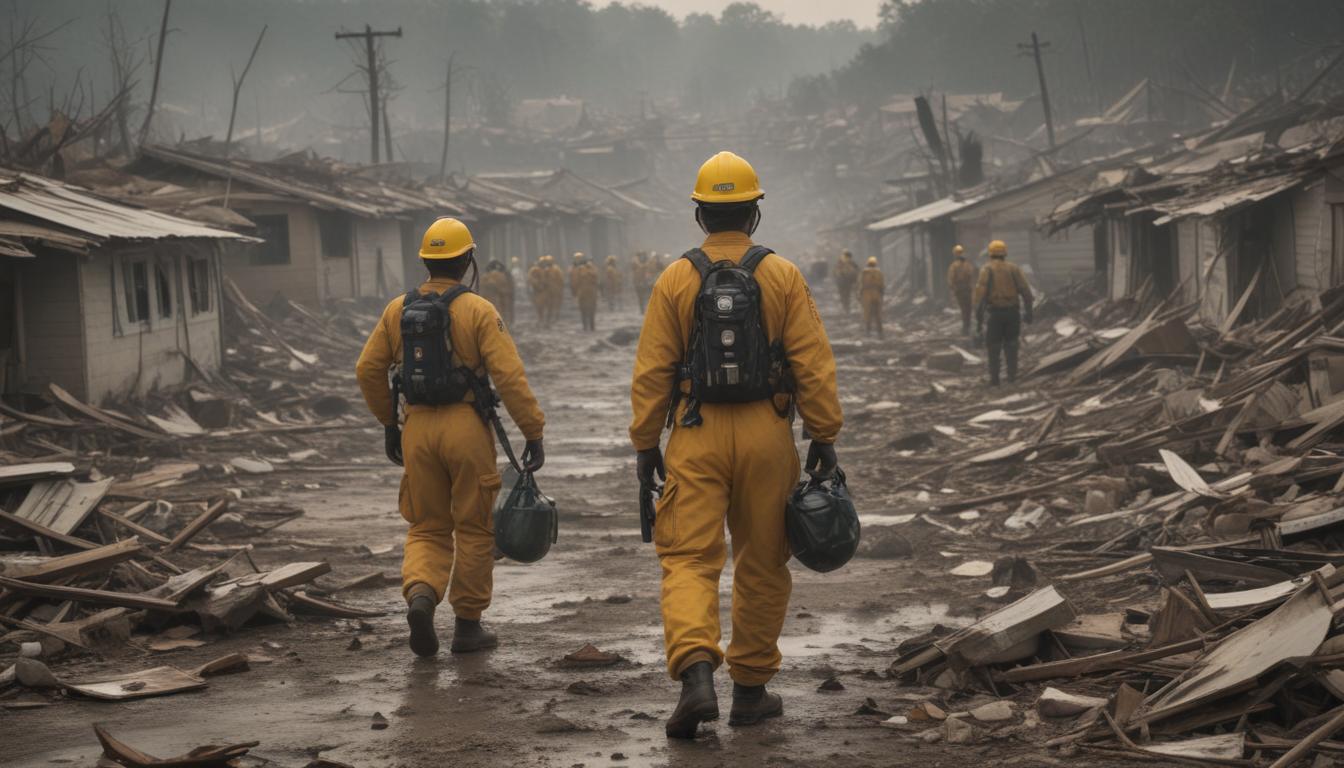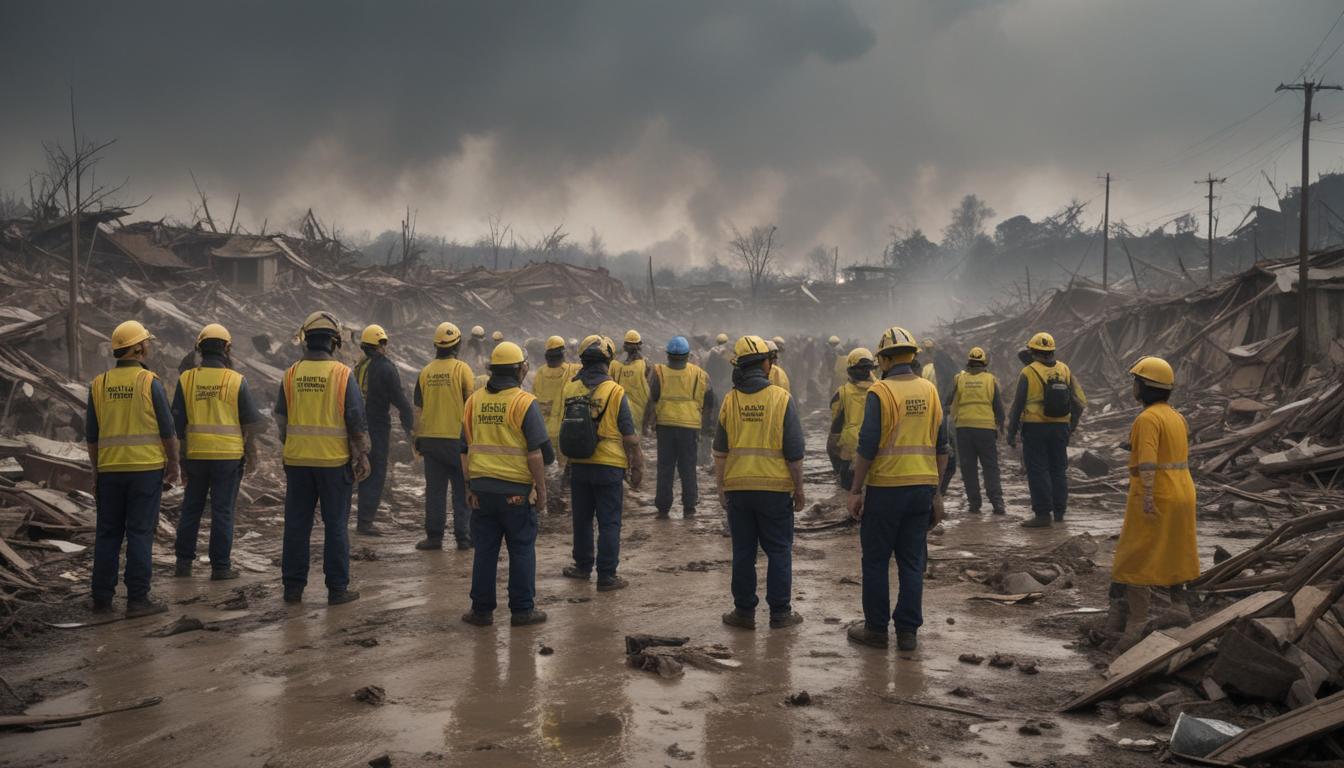Now Reading: Lifesaving Tech For Disasters
- 01
Lifesaving Tech For Disasters
Lifesaving Tech For Disasters

The Lifesaving Power of Disaster Response Technology
When disaster strikes, the first few hours are a blur of chaos and uncertainty. Watching the news, scrolling through fragmented social media feeds, or waiting for a call that may never come creates a profound sense of helplessness. We see the scale of the devastation and feel powerless, wondering how anyone can possibly bring order to the aftermath. This feeling of being overwhelmed in the face of nature’s fury is a universal pain point.
But in that critical window where every second counts, a new force is tipping the scales in favor of humanity.
That force is disaster response technology. Far from being a distant, abstract concept, this technology is on the ground, in the air, and in the cloud, actively transforming how we prepare for, react to, and recover from emergencies. It is the solution that cuts through the noise, providing clear data to first responders, reconnecting separated families, and delivering aid with unprecedented speed and precision. This technology is not just about gadgets; it is about giving hope and saving lives when they are most at risk.
The New First Responders Drones and Robotics
In the immediate aftermath of an earthquake or hurricane, the landscape is often unrecognizable and treacherous. Drones and robots have become indispensable partners for search and rescue teams.
Eyes in the Sky Drones
Drones have become the essential eyes in the sky for search and rescue teams. Equipped with high-resolution and thermal imaging cameras, these unmanned aerial vehicles (UAVs) can soar over collapsed buildings, flooded plains, or wildfire-ravaged forests to locate survivors that human eyes might miss. They can identify heat signatures under rubble or spot a person stranded on a rooftop, relaying precise GPS coordinates to ground crews in real-time. This ability to rapidly assess a vast area without risking human life is a monumental leap forward.
Boots on the Ground Robotics
Beyond just surveillance, robotics are getting their hands dirty. Advanced, dog-like robots can navigate unstable terrain and enter structurally compromised buildings deemed too dangerous for human responders. These machines can carry medical supplies, establish communication lines, and send back detailed 3D maps of interior spaces, allowing rescue teams to plan their approach safely and effectively. They are not replacing human courage but augmenting it, becoming fearless partners that go where we cannot.

The Power of Data AI and Predictive Analytics
One of the greatest challenges in a disaster is making sense of an overwhelming amount of information. This is where Artificial Intelligence (AI) and predictive analytics are game-changers.
Predicting Future Events
By analyzing massive datasets of historical weather patterns, seismic activity, and topographical information, AI models can now predict the path and intensity of hurricanes, the spread of wildfires, and the potential impact zones of tsunamis with increasing accuracy. This foresight allows authorities to issue more timely and targeted evacuation orders, moving people out of harm’s way before the disaster even hits.
Making Sense of the Aftermath
Once the event has occurred, AI continues its vital work. Machine learning algorithms can analyze satellite and drone imagery in minutes, automatically identifying damaged buildings, blocked roadways, and rising floodwaters. Instead of taking days for human analysts to manually map the destruction, relief organizations can get a comprehensive damage assessment almost instantly. This allows them to allocate resources like food, water, and medical personnel to the areas that need it most, ensuring that aid is distributed efficiently and equitably.
Connecting the Unconnected Communication in a Crisis
A disaster’s first casualty is almost always communication. When cell towers go down and power lines are cut, communities are plunged into an information blackout, amplifying fear and hampering rescue efforts.
Mobile Communication Lifelines
To combat this, technology provides a multi-layered solution to reconnect the unconnected. Mobile, deployable communication systems, often called Cells on Wheels (COWs), can be trucked into a disaster zone to create temporary cellular and Wi-Fi networks. These systems provide a critical lifeline for both citizens and first responders.
Personal Connectivity in Your Pocket
On a more personal level, innovative apps are empowering individuals to stay connected. Mesh networking applications use the Bluetooth radios in smartphones to create a peer-to-peer network, allowing users to send texts and location data to each other even without an internet or cellular connection. Furthermore, simple yet powerful tools like social media safety check features have become a globally recognized method for people to quickly mark themselves as safe, providing immense peace of mind to worried friends and family across the world.


































